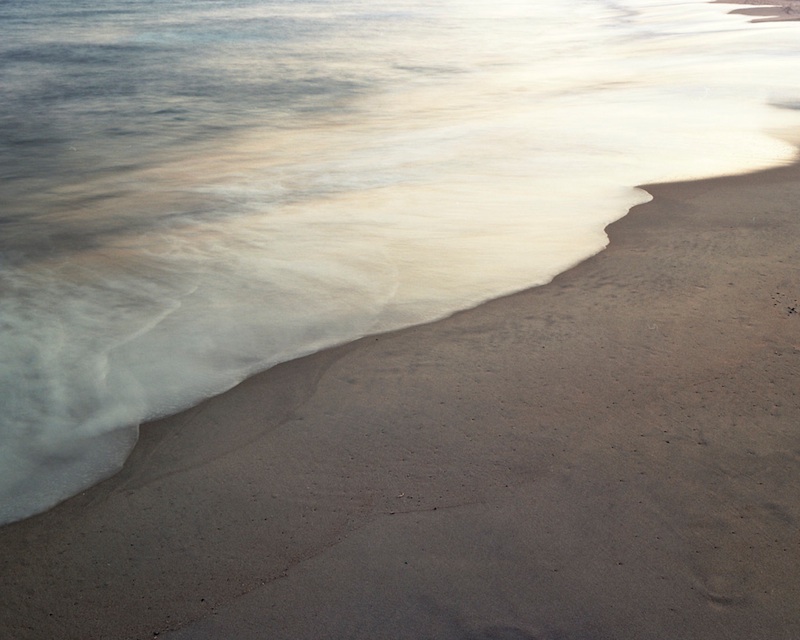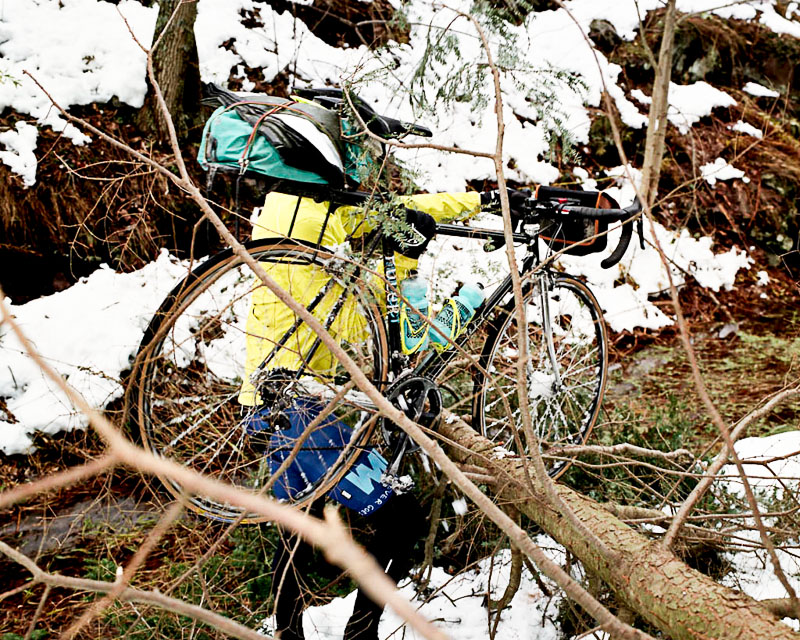Words by Kyle von Hoetzendorff. Photographs by Daniel Wakefield Pasley.
Some cups hold the body of Christ and some cups merely celebrate victory, but most pass through our lives necessarily forgettable, the combined result of their ubiquity and efficacy. They serve a purpose; we find refreshment and move on. If we are to believe Steven Spielberg’s famous Dr. Jones, and I don’t see any reason why we wouldn’t, then there are rare times when even the most simple of cups can be invested with unbelievable power. The coveted grail, sought after by the unanimously reviled Nazi’s for its ability to grant eternal life was at one point pursued in real time in real life by medieval crusaders who truly believed that a cup from some blue-eyed bearded dude could grant eternal life. That eternal life was something to be desired, especially in that era, a time that many scientists now believe was a miniature ice age illustrates man’s utter incomprehension of time and death. Eternal life in a world of constant rain, unending cold, inconsolable ignorance and rampant gonorrhea? Forever? The premise of the promise is not enticing.
Still the idea that a cup, or any inanimate object, could stand for something larger than itself, bigger than its function, is not foreign or foolish. We are our memories and in our memories objects carry weight and incite action. Talismans and lucky t-shirts, favorite pens, and rabbit’s feet affect the way we respond to the world. These objects gain their emotional dominion uniquely, through no prescribed course. Luck, accretion, surprise, and timing can all inaugurate a new totem into our lives.
Jon’s Comfort Inn cup, a last minute filch from our motel's continental breakfast bar, was our totem. That it survived the trip was remarkable in its own right. The wax paper had been crumpled and folded so many times that by the end the trip the cup was stained and sagging but it remained capable of holding our hopes. Jon had faired even better and managed to avoid any and all mishaps for the duration of our adventure. During our most dire moment, when the group was run out on a scree field on the side of a mountain, he alone seemed unfazed. With no apparent route Jon decided to navigate down the mountain by tossing his bike over a sea of 10-foot high buck brush.
We stood there watching, witnessing our monument topple, our flag burn, and it appeared as if the power of his cup had reached a point of failure. He appeared to be struggling. Up to this point we wagered our morale on Jon’s indomitable character. Our faith in the titanium fantasy-cum-reality camp mugs, featherweight sleeping bags and collapsible futurist domiciles disintegrated before us. Jon had been powered by something else, something that we didn’t have, a cavalier flippancy that the experienced exude and the novice covet.
As he fought the mountain the rest of us went into free fall, dreading every imaginable fucking outcome, slipping into the desperate self-loathing that comes at a time when all seems lost, when it seemed our only option would be to retrace the last three days journey, with negligible rations and zero morale on our now completely blown out and blistered feet. While this thought washed over the group like a black tide Jon and his cup exploded from the green abyss of primitive fauna, took a moment to reconnoiter with Chris “Rally” McNally, and through a form of divination not accessible by the rest of us found a way through savage sharp brush back to open trail.
The cup had become a metonym for resilience. It managed to avoid any number of potential annihilation catastrophes that would have lead to its demise. It was protected, sheltered from our pyre and our angst. Jon, with his worn at the edges gear and unfazed exuberance instilled in the rest of us a blind miscalculated confidence that was necessary for the completion of our expedition. The cup carried the fuel that kept Jon spotless, free from misstep or fault. It was their covenant, the cup and Jon’s, and no one dared to break it. We had our own titanium, tin, and plastic mugs that we were happy to sip from, to drink from their meaningless vacuum our hot chocolate and coffee. Jon had his cup, he deserved its power, and as our trip grew longer, harder, and more doubtful, the rest of us found we needed something to believe in.
Jon Bailey's Comfort Inn Cup is the first Talisman available from Yonder Journal.

